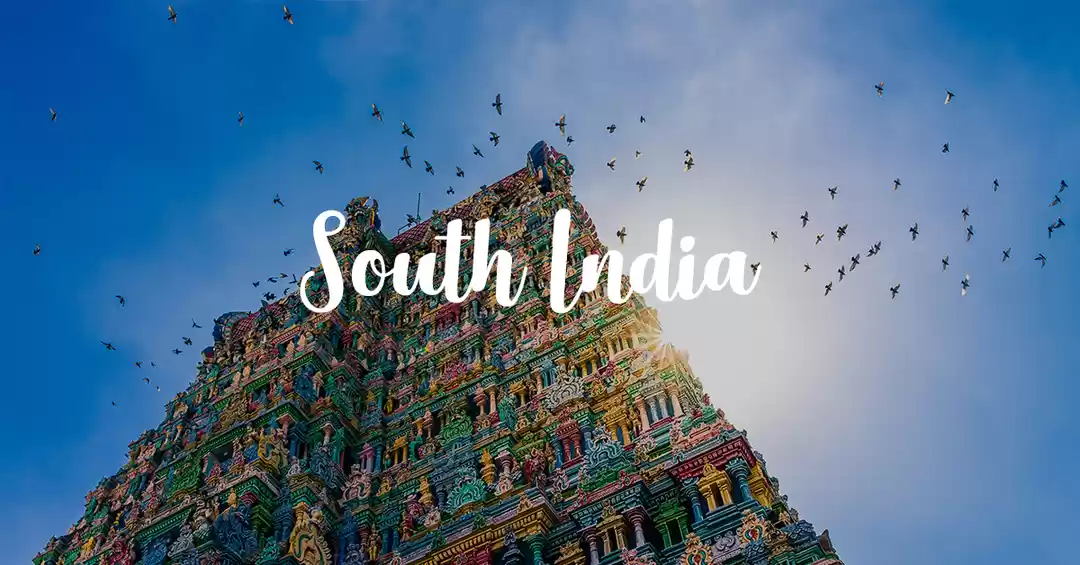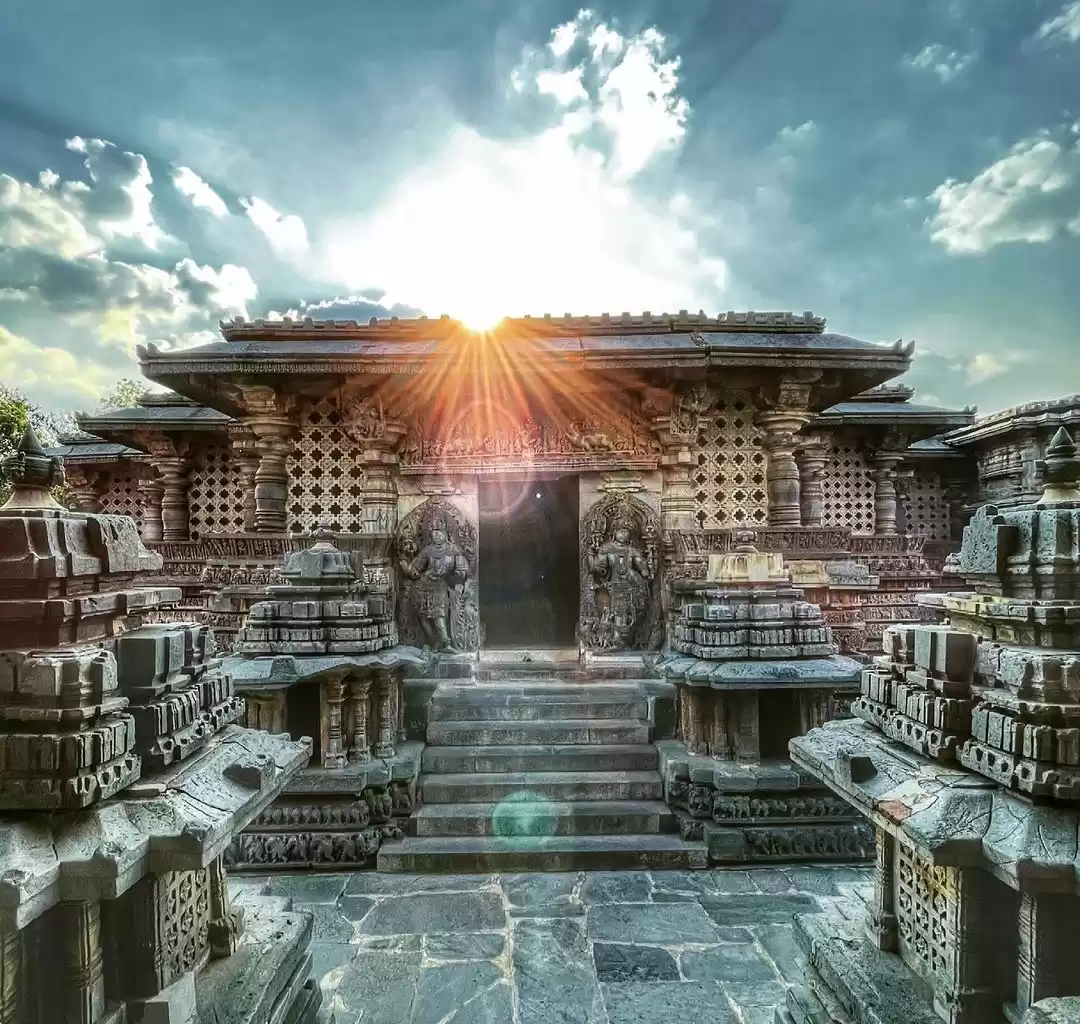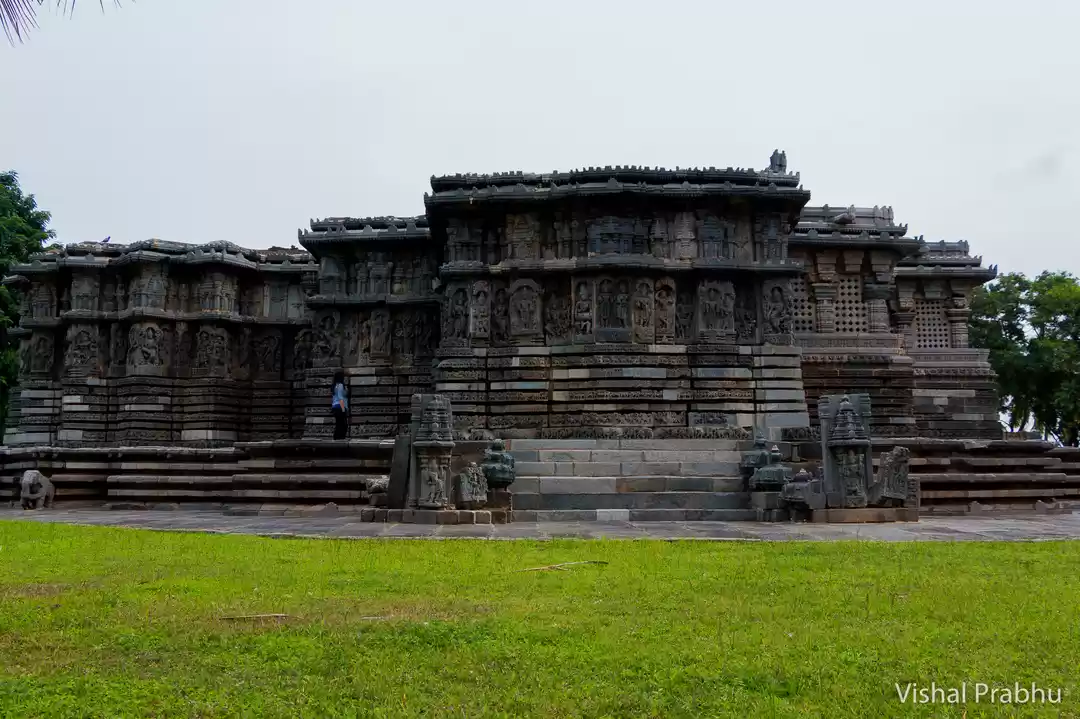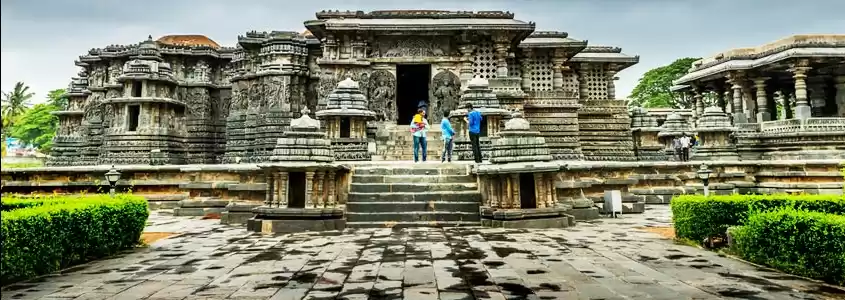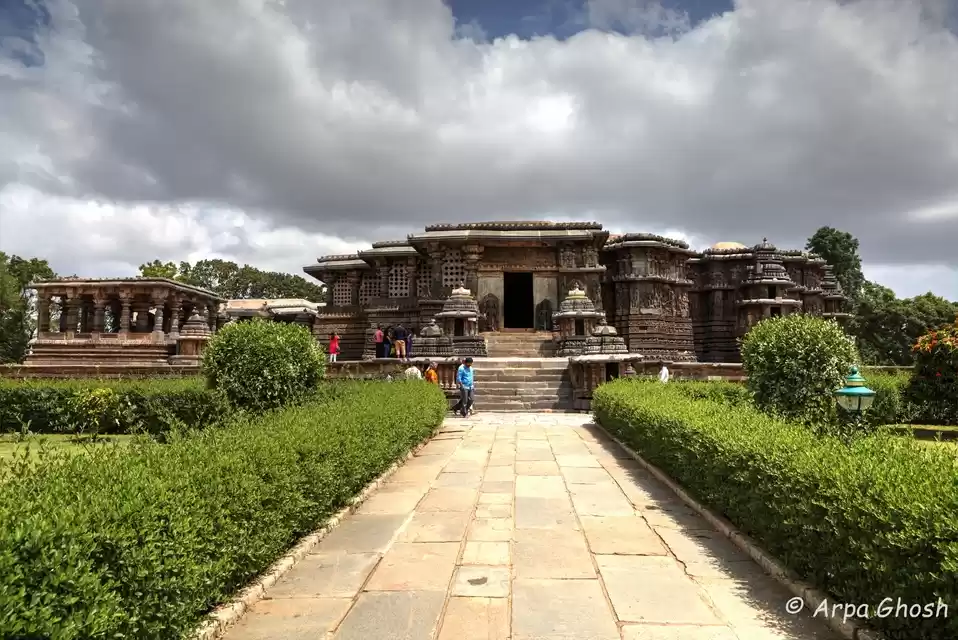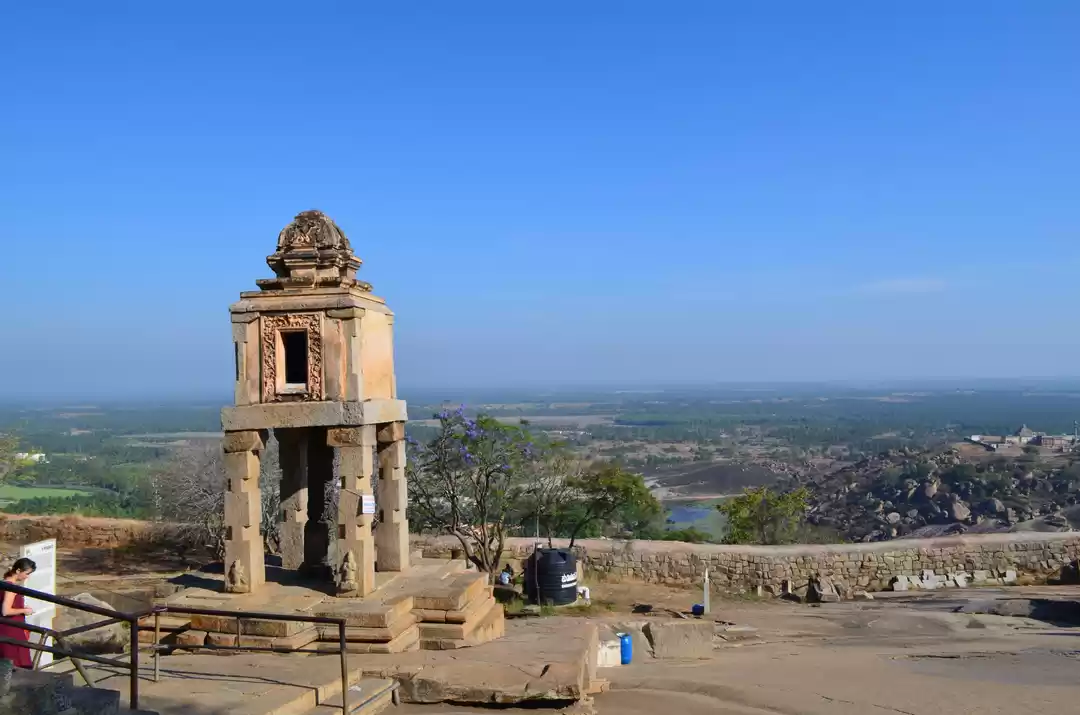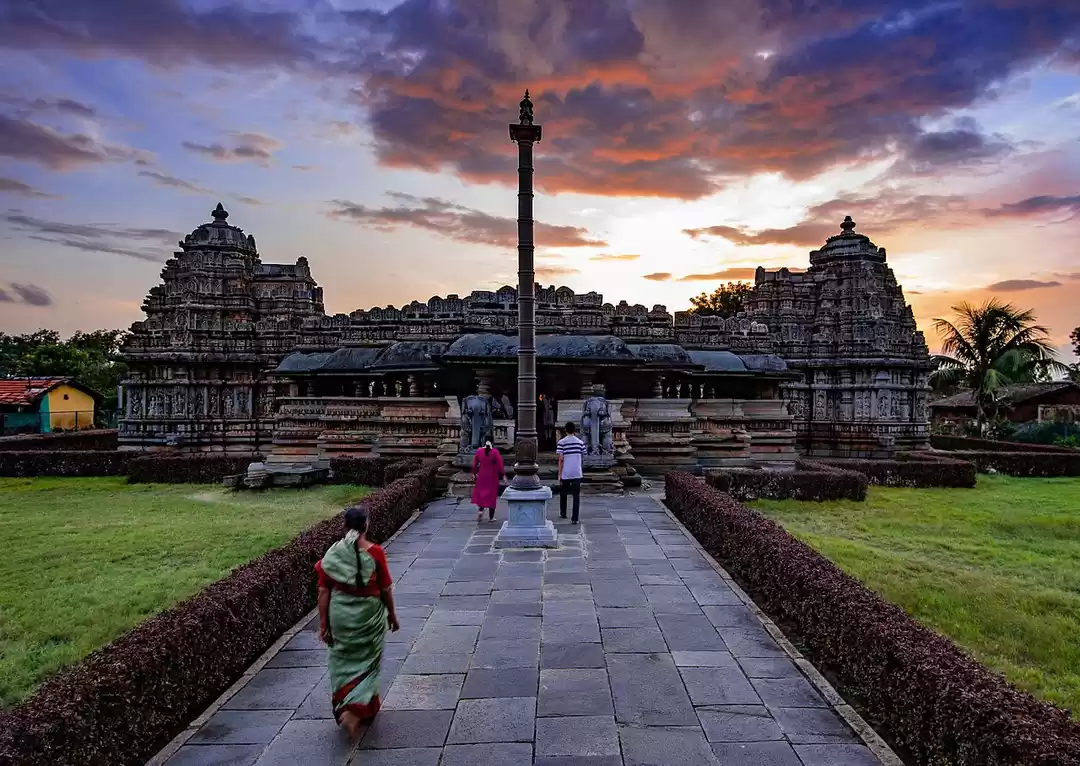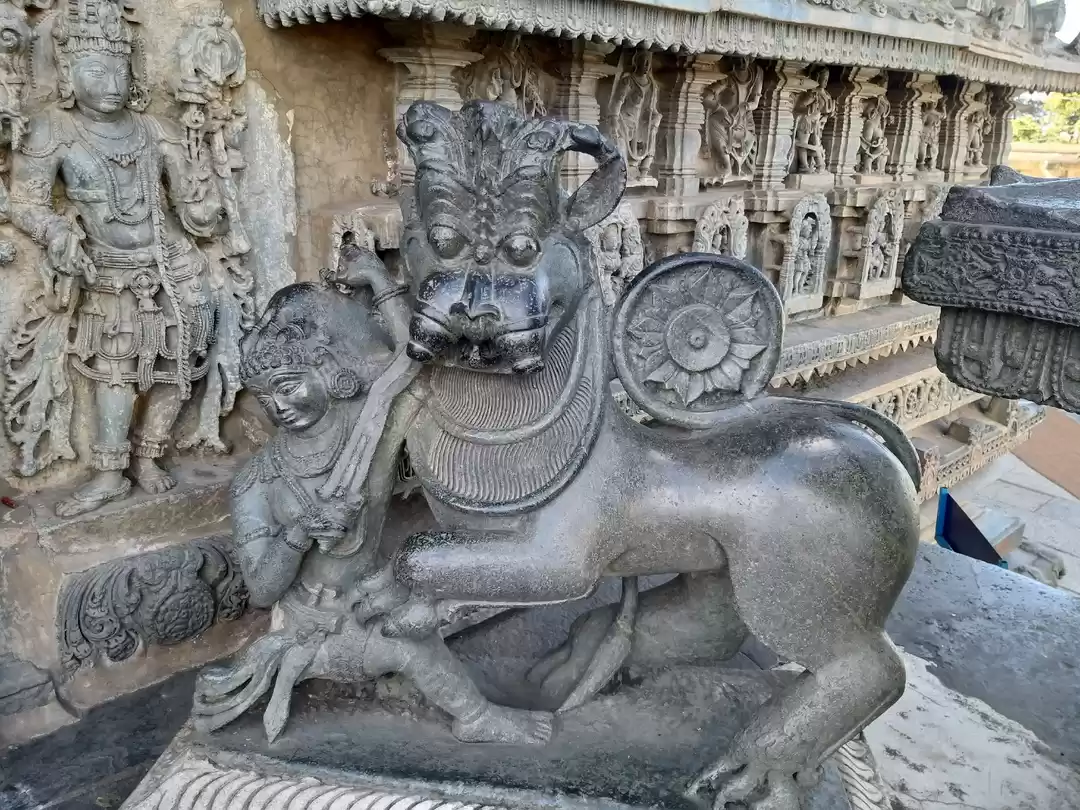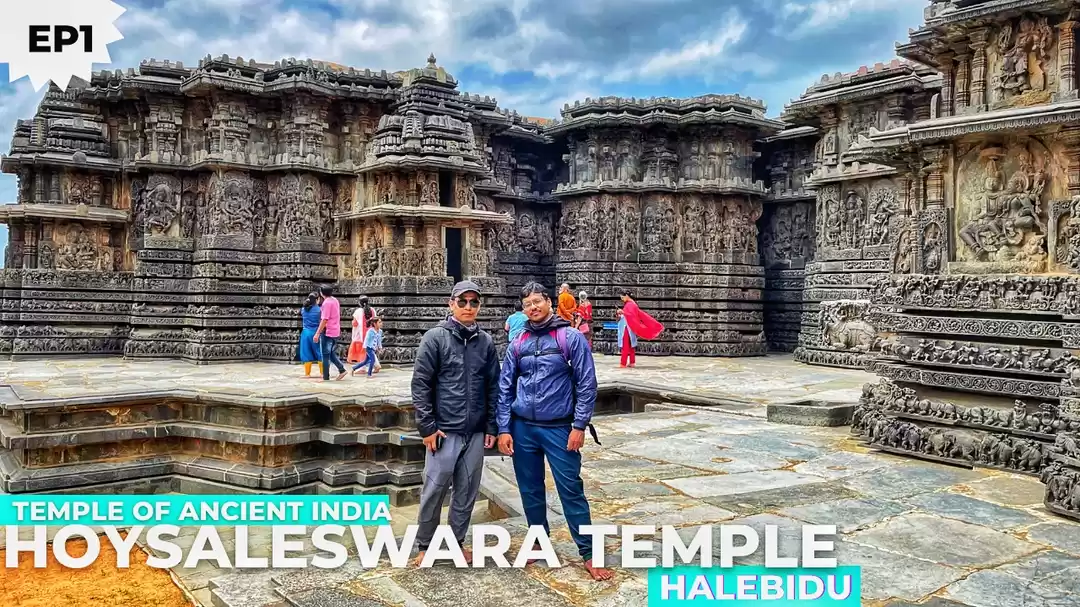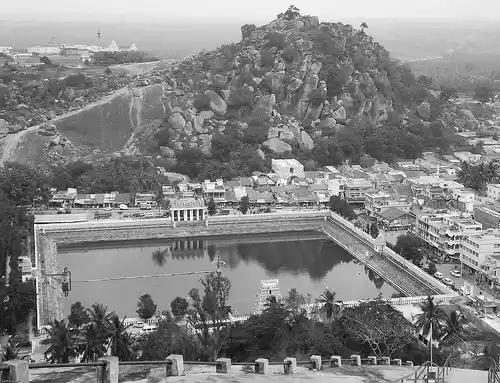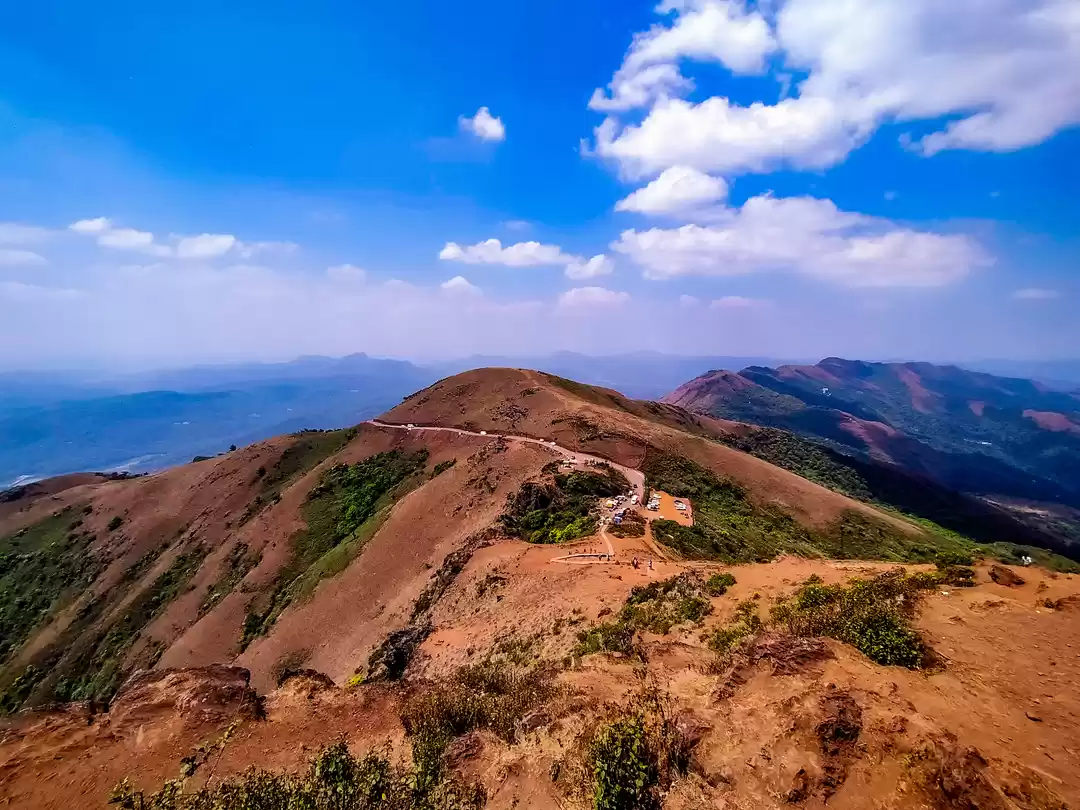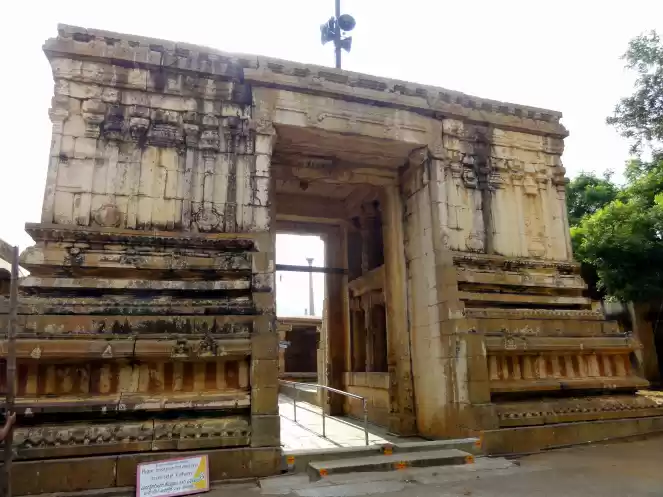
Hoysaleswara Temple is the main attraction and a 900-year-old monument in Halebidu or Dwarasamudra, the capital of the Hoysalas. Every visit to this place brings a sense of calm and peace, one of the finest Hoysala temples. The drive from Bangalore is very good and with a majority on the Hassan Mangalore highway. We visited Chikmagalur, a long weekend in March, and while returning back visited this grand temple. I would like to share some parts of the temple visually, hoping to do justice to a place that takes you back 900 years.
Checkout original blog at https://wanderingbong.com/blog/going-back-900-years-at-hoysaleswara-temple-halebidu-trips-from-bangalore
The Hoysaleswara temple which is dedicated to Lord Shiva is filled with intricate carvings and engraved sculptures. The shrine is built on an elevated star-shaped platform and displays beautiful scrollwork in stone. The temple traces its past back to 1121 AD and the whole complex seems to take us back 900 years. The ramparts of the shrine are decorated with carvings of many gods and goddesses, birds, animals, and dancing characters. There are many sculptures and idols to observe in this huge magnificent piece of Hoysala art. There is also a museum of the Archaeological Survey of India.
It is prudent to enlist a guide to comprehend the complex completely, The guide usually charges around Rs. 300, but that also depends upon the season and surge. The guide will by and large take you around the Temple - demonstrating to you the features and giving you the essential data. I would suggest interested folks have a couple of comfortable rounds of the whole Temple complex to truly value the subtleties in the carvings. The Temple territory isn't extremely enormous and this won't take an aggregate of over 2 hours.
This would likewise give you a good chance to take all the photographs that you need. The sculptures are majorly carved in a delicate stone (soapstone) which has enabled the craftsmen to catch wonderful subtleties. Soak in the amazing craftsmanship which is furthermore weighed down with imagery of a history of 900 years.
Navaranga - Hoysala Classic Design
With its unique style and features, it is a showcase of Hoysala architecture, which follows the Dravidian tradition with the Mantapa style design. The Mantapa style temples are built with two main parts, sanctum sanctorum and the mandapa (hall) in front of it. The sanctum sanctorum in Indian temples is known as Garbhagriha, a chamber in which the principal deity of the temple resides. The two garbhagrihas are stellar in shape, and the zigzag exterior wall design here gives wonderful light and shade effects to the figures which look different at different times of the day. The four main doors of the temple are so profusely and intricately carved that they appear to be doorways to heaven.
Navaranga is a unique element of Hoysala architecture. In Kannada, Nava means nine, and ranga means stage or sector, navaranga means nine sectors. Generally speaking, the navaranga is a mandapa (covered hall) where the people congregate before taking the Darshana of the deity near the Garbagriha. In Hoysala architecture, the main mandapa was built by the Navaranga design implemented by the four pillars in the central area of the mandapa dividing the entire space into nine sectors (thus the name Navaranga).
The navaranga has wonderful polished and intricately carved rows of pillars, monolithic, more than 16 feet in height, some stellar in shape, most of them roundish with designs like bell or Kalasha or flower vase combined perpendicularly to make a harmonious single attractive tall piece.

The sculptures that invite you into the shrine
The sculptures that invite you into the shrine. Though damaged, they highlight the level of sophistication in Hoysala architecture. Wonder how they were able to carve out hollow hands in the first place. Many invaders have rampaged this centuries-old temple that has seen numerous rulers and kings.

The monolithic Nandi bulls
The monolithic Nandi bulls. Nandi, the great bull which is Shiva's vehicle, is an essential part of a Shiva temple. The Nandi is a vast monolith and measures about twenty feet from the nose to the tail. It is about eleven feet from the hump to the pedestal. It's sad to see miscreants displaying their artistic skills on the Nandi. Check out the level of intricate details that have been carved on the Bull. To imagine that they worked on a single rock and polished it to this level, simply amazing. The Nandi has been cordoned off for good reasons, to prevent miscreants from damaging the Nandi any further.
Sculptures and carvings at Hoysaleswara
The platform has some interesting motifs on its side. The base of the main temple has a frieze of rows of elephants in relief, and above that is a row of lions, and third frieze above has foliage, and this is surmounted by friezes of galloping horses, scenes of mythological episodes (from Ramayana, Mahabharata, etc), and another row of yalis (a mythical animal), swans, etc, all intricately wrought. The upper part of the Outer dividers portrays statues of Hindu Deities, for example, Shiva Parvati, Krishna, Vishnu, Varaha Rup, Narsimha, and so forth.

A detailed row of the wall

One wall of the temple depicting all the different layers.

Dwarpalakas or doorkeepers

Elephants at the base of the temple.

A casual scene from 900 years ago

A closer look at the Elephants at the base of the temple.

A band from the past

The heads of the sculptures are cut off the invaders

Grand Ganesh statue
As is common with almost all the monuments especially religious ones, the invaders or the conquerers usually rampaged and damaged the sculptures. The heads of most of the sculptures in the temple have their heads cut off as in the one above.
The beautiful carvings on the doorkeepers or Dwarpalakas as they are called have to be seen to be believed.

Monolith Pillars inside the temple
The detailed carvings all around the temple walls. No wonder this temple took so many years to construct. Can see the amount of dedication each artist would have put into these carvings. Seems like this one is showing a normal evening enjoying life. Totally a guess though.

The roof of the temple has intricate carvings
Looks like a band from the past. Wonder how the music would have 900 years ago. The music instruments though look similar to the harmonium and drums we play today.
Inside the temple
As you enter the temple complex, you cannot help but notice the level of sophistication that the Hoysala architecture has to offer. It is hard to believe that the sculptures were able to achieve such a level of sophistication and precision using bare minimum tools. Here are some of the breathtaking photos that we took inside the temple complex.
The monolith pillars appear to be precisely-cut and polished using sophisticated machinery, such as modern-day lathes. Although they have a lathe-turned appearance, nobody is sure how they were built. Because of their appearance, they are called lathe-turned pillars.
Shopping tips
As you have shown keen interest in this article, it means you are a lover of art and sculpture. Locals make carvings of small statues and artifacts which are available for sale outside the temple. Do buy them for two reasons, first, it is their livelihood, second, you are encouraging local talent. Do not forget to bargain and check the quality before you buy it.
Add the Hoysaleswara Temple at Halebidu to your itinerary while visiting Chikmagalur. The best time to visit is before 11ish, as it tends to get pretty hot and sunny during the day. It's wise to take a guide if you are interested in the history of the temple Enjoy some cucumber or green mangos outside the temple There's a parking fee for the vehicles near the temple and a small fee for your shoes at the temple.
Hoysala Dynasty
After seeing these exceptional masterpieces, one will be curious about the dynasty which gifted this to us. Hoysala dynasty, which mainly ruled in Karnataka from the 10th Century to 14th Century, is synonymous with sculpture, bravery, and art. They derived a unique style of sculpting by combining the Aryan and Dravidian styles. Somanatheshwara Temples, Belavadi Temple, Nuggehalli Temple, and many more temples in South India are also the contributions of Hoysala rulers.
Nearby to Halebidu, do visit the Chennakeshava Temple at Belur, which another masterpiece from the Hoysala empire.












